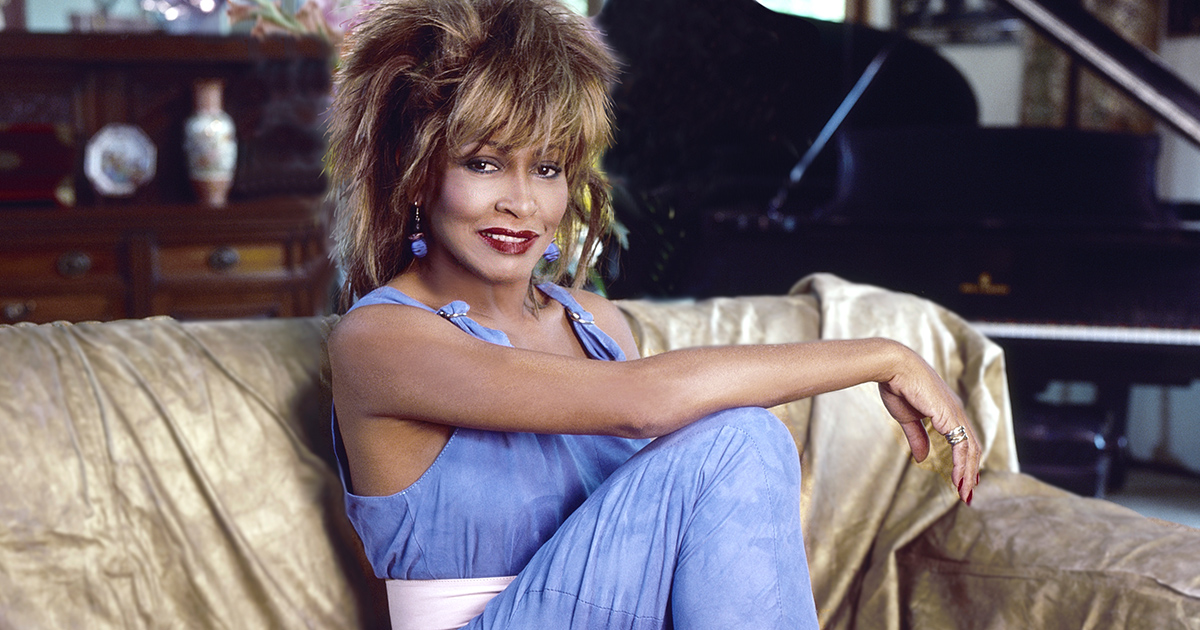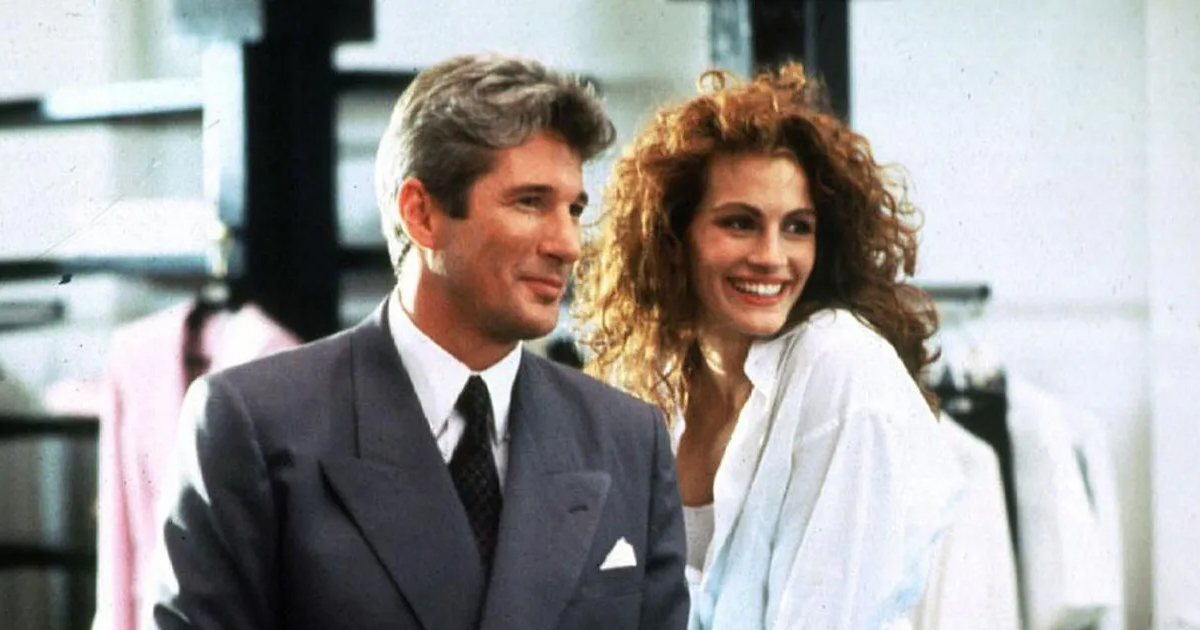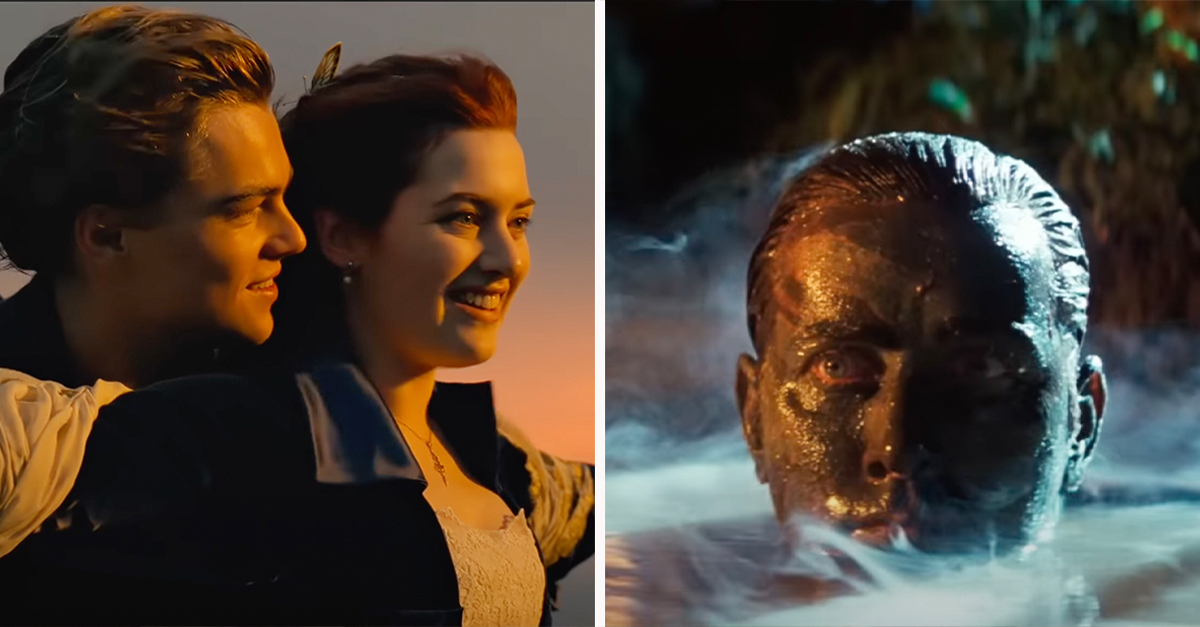The Woman Who Refused to Break
Tina Turner was born Anna Mae Bullock on November 26, 1939, in Nutbush, Tennessee, a small farming town that would one day be immortalized in one of her hit songs. Her parents worked long hours in the cotton fields, leaving young Tina to be raised mostly by her grandparents. She also sang in the church choir — where her powerhouse voice was first discovered. “I was just a little girl who loved to sing loud,” she later said.
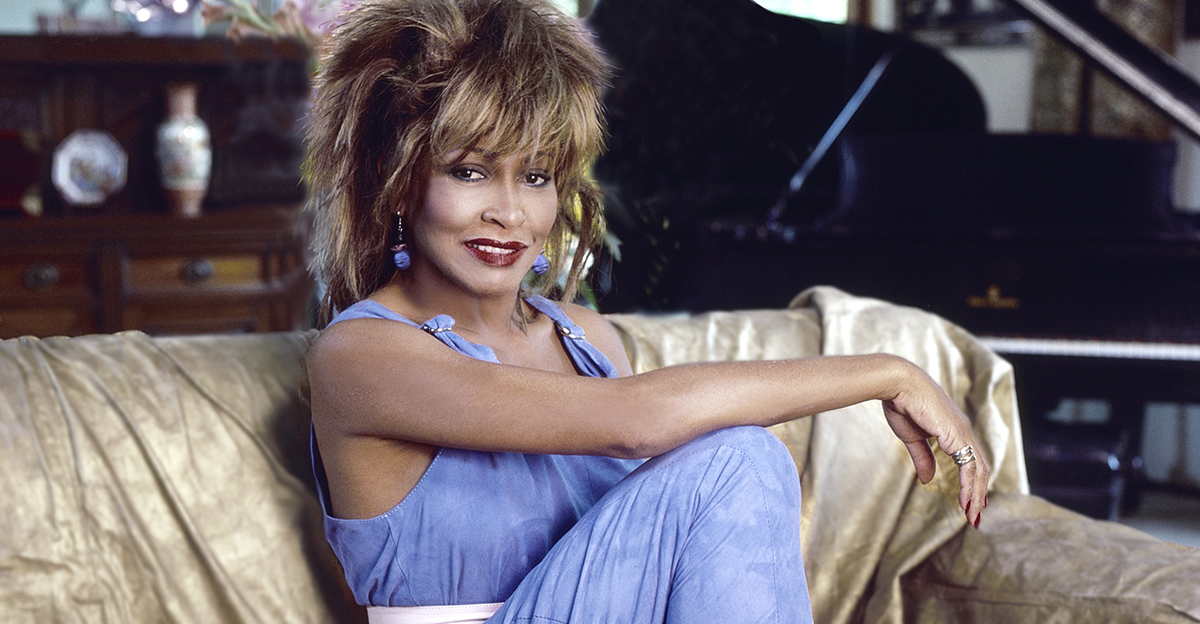
A Rough Start to Stardom
Tina’s childhood wasn’t easy. Her mother left when she was 11, and her father soon followed. By her teens, she was determined to find a better life. That chance came one night in St Louis, when she caught the attention of a local musician named Ike Turner. “I grabbed the mic and sang,” she recalled. “And Ike said, ‘That girl can sing!’”
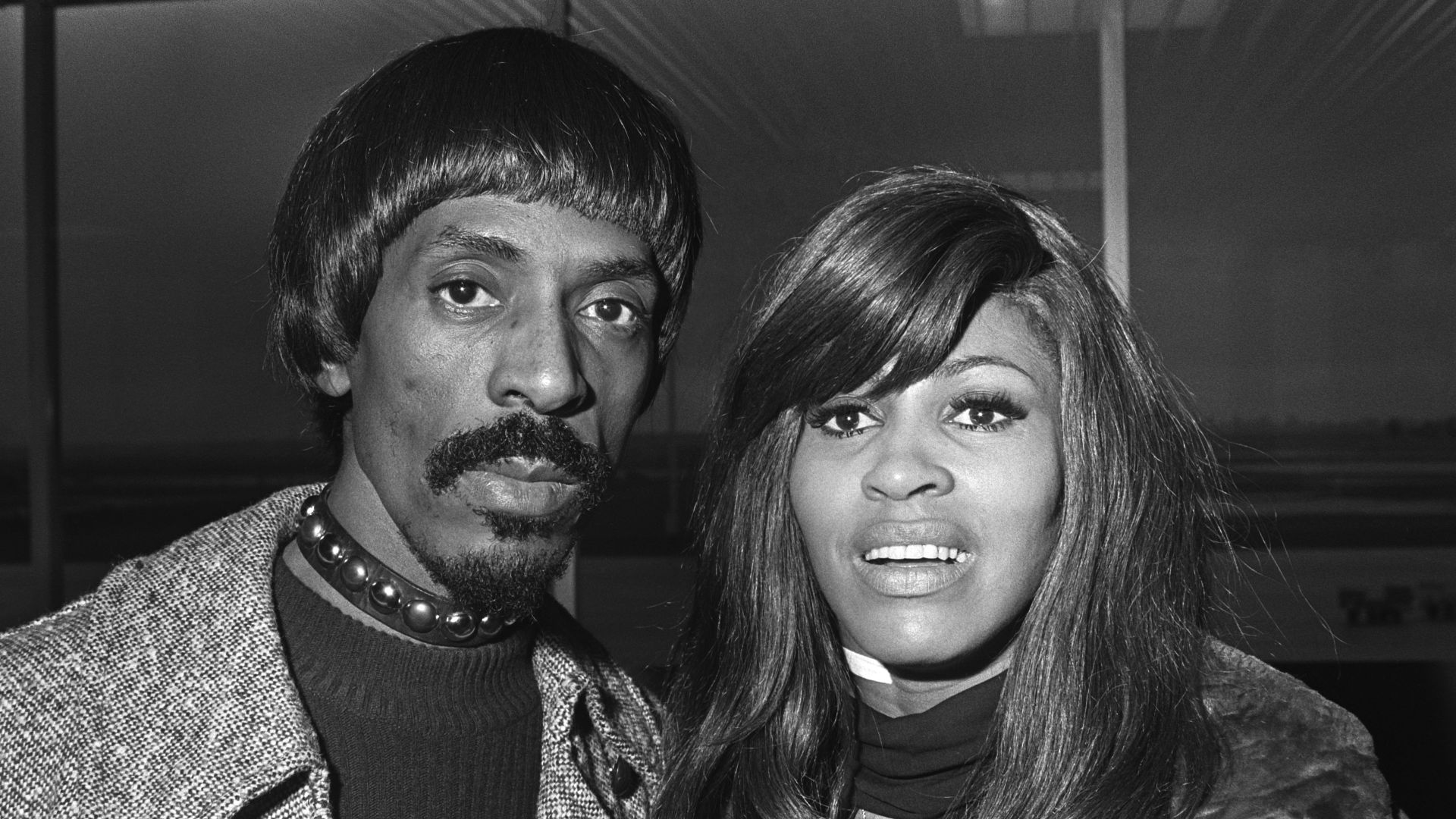 Rob Mieremet / Adam Cuerden, Wikimedia Commons
Rob Mieremet / Adam Cuerden, Wikimedia Commons
Becoming Ike and Tina
Soon, Anna Mae became Tina Turner — a name Ike chose for her. Together, they created the Ike & Tina Turner Revue, one of the hottest live acts of the 1960s. Their hit songs like "River Deep – Mountain High" and "Proud Mary" made them stars. On stage, they were electric. Off stage, things were much darker.
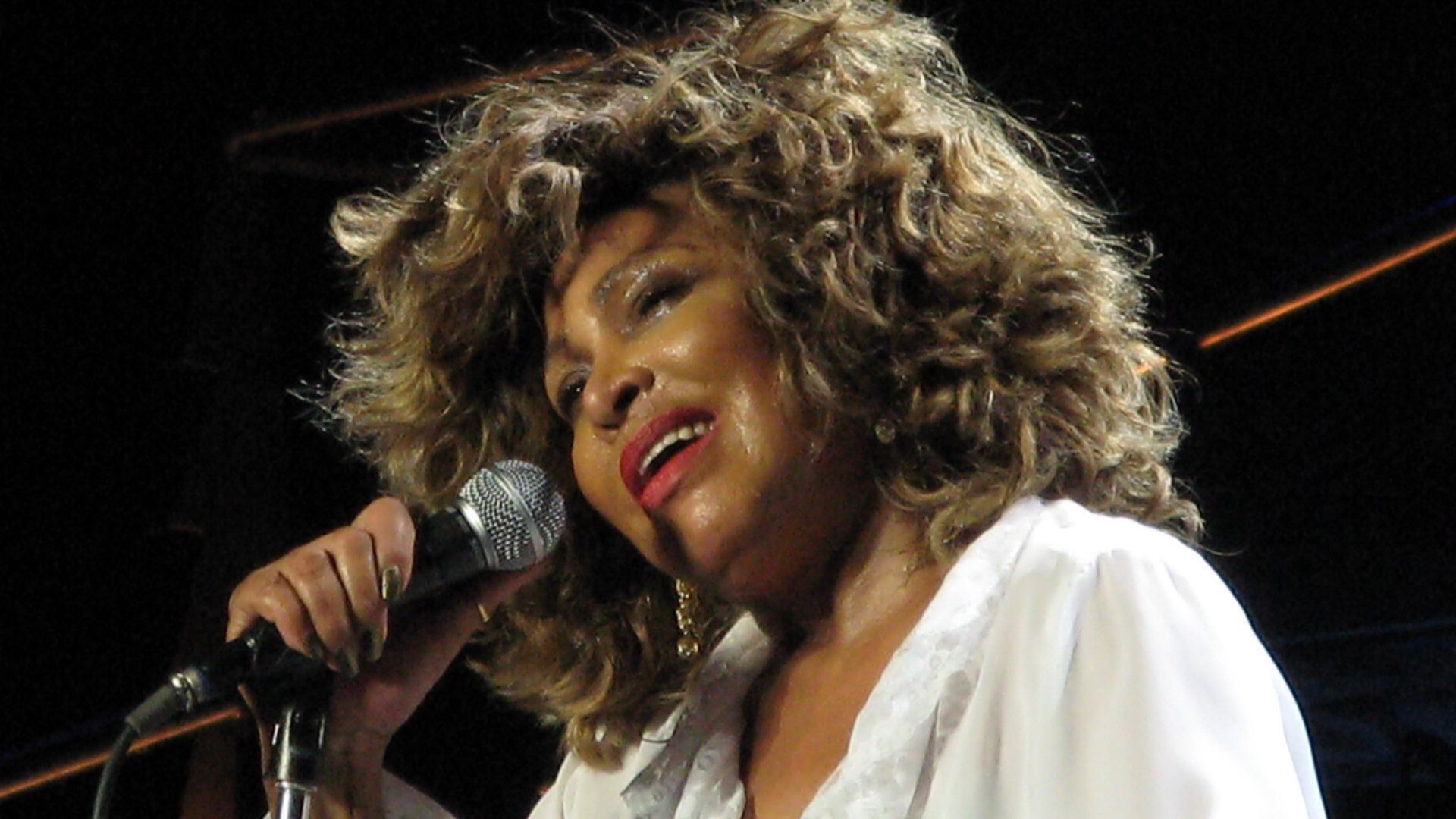 Philip Spittle, Wikimedia Commons
Philip Spittle, Wikimedia Commons
Living in Fear
Behind the fame and flashing lights, Tina suffered years of abuse at Ike’s hands. She later described her marriage as “a trap I couldn’t escape.” She endured physical and emotional torment but stayed silent for years. “I didn’t want the world to see me as a victim,” she said. “I just wanted to survive.”
 CBS News, CBS Sunday Morning (1979–)
CBS News, CBS Sunday Morning (1979–)
The Breaking Point
In 1976, after one violent attack before a show in Dallas, Tina finally walked out. With just 36 cents and a gas station credit card in her pocket, she fled the hotel barefoot. “That was my freedom moment,” she said. “I left with nothing, but I was free.”
 ITV Studios, The Jonathan Ross Show (2011–)
ITV Studios, The Jonathan Ross Show (2011–)
Starting from Scratch
After leaving Ike, Tina struggled. She cleaned houses, borrowed money from friends, and played in small clubs just to survive. Many in the industry thought her career was over. “They said I was too old, too black, too female,” she recalled. “And I said, ‘We’ll see about that.’”
 ITV Studios, The Jonathan Ross Show (2011–)
ITV Studios, The Jonathan Ross Show (2011–)
The Phoenix Rises
Tina spent the late ’70s reinventing herself, pouring her pain into her music. By 1984, she released Private Dancer, an album that changed everything. Songs like "What’s Love Got to Do with It" and "Better Be Good to Me" made her a global superstar again. "Private Dancer was my comeback," she said. "It was my life — every lyric, every beat."
 ITV Studios, The Jonathan Ross Show (2011–)
ITV Studios, The Jonathan Ross Show (2011–)
The Comeback Queen
"What’s Love Got to Do with It" hit number one, and Tina became the oldest female solo artist to top the Billboard Hot 100 at the time. The album sold over 10 million copies worldwide and earned her four Grammy Awards. “I felt like I had finally been reborn,” she said.
 Tina Turner - What's Love Got To Do With It (Official Music Video) [HD Upgrade], Tina Turner
Tina Turner - What's Love Got To Do With It (Official Music Video) [HD Upgrade], Tina Turner
Finding Herself Again
Tina didn’t just rebuild her career — she rebuilt herself. She studied Buddhism, crediting it with helping her find inner peace. “Chanting saved my life,” she said. “It taught me that I had power inside me all along.” She began every day with meditation and gratitude, transforming her pain into purpose.
A New Love, a New Life
In the mid-1980s, Tina met Erwin Bach, a German music executive 16 years her junior. They fell in love instantly. “He didn’t want my fame — he wanted me,” she said. After years of heartbreak, she finally found the gentleness she’d been searching for. The couple married in 2013 after more than two decades together.
The Queen of Rock ’n’ Roll
Tina wasn’t just a survivor — she became a symbol of resilience and freedom. Her concerts were legendary, filled with energy and joy. Mick Jagger, who toured with her early in his career, once said, “Tina taught me everything I know about performing.”
 Tina Turner: 'My Love Story' - The Lost Interview (2018 4K), TINA Turner Blog
Tina Turner: 'My Love Story' - The Lost Interview (2018 4K), TINA Turner Blog
Breaking Barriers
Over her career, Tina sold more than 100 million records worldwide, making her one of the best-selling artists of all time. She won 12 Grammy Awards and became the first Black woman to appear on the cover of Rolling Stone. “I never set out to make history,” she said. “I just wanted to sing.”
 CNN, Larry King Live (1985–2010)
CNN, Larry King Live (1985–2010)
A Hollywood Story
In 1993, her story reached new audiences with the biopic What’s Love Got to Do with It, starring Angela Bassett. The film earned Bassett an Oscar nomination and introduced a new generation to Tina’s incredible strength. “It was hard to relive,” Tina admitted, “but it was important to tell the truth.”
 Touchstone Pictures, What’s Love Got to Do with It (1993)
Touchstone Pictures, What’s Love Got to Do with It (1993)
The Power of Forgiveness
In later years, Tina spoke openly about forgiving Ike. “I don’t hate him,” she said softly in a 2018 interview. “I’ve let that go. Hate weighs you down. I wanted to be free.” That forgiveness allowed her to fully heal — something she believed was her final victory.
Life in Switzerland
Tina eventually retired to a quiet life on the shores of Lake Zurich, where she and Erwin shared a stunning home filled with flowers, music, and peace. “I’ve had enough of show business,” she said. “Now I just want to enjoy life.” Friends said she loved gardening, cooking, and watching the sunset over the lake.
 Tina Turner on Her Favourite Decade of Her Career (1989), Sunset Vinyl
Tina Turner on Her Favourite Decade of Her Career (1989), Sunset Vinyl
Health Battles and Strength
In her later years, Tina faced serious health issues — a stroke, kidney disease, and cancer — but she faced them with the same courage she’d shown all her life. When Erwin donated one of his kidneys to her in 2017, she called it “the ultimate gift of love.”
Saying Goodbye
Tina Turner passed away on May 24, 2023, at her home in Switzerland. She was 83. The world mourned, but the tone was gratitude, not sadness. “She was pure power,” Oprah Winfrey said. “She showed us what strength really looks like.”
A Legacy of Strength and Soul
Tina Turner’s story is one of survival, faith, and triumph. She escaped abuse, reclaimed her name, and conquered the world — all on her own terms. “I had a hard life,” she once said, “but I lived it well. And I never gave up.” Rob Verhorst, Getty Images
Rob Verhorst, Getty Images
You May Also Like:

